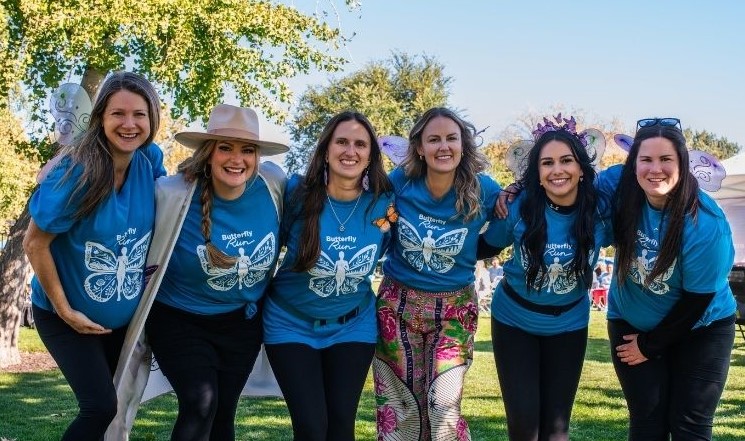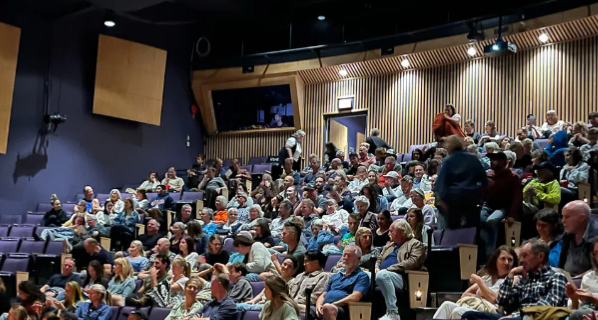
Take a look at future Kelowna with this new tool
Ever wonder what your neighbourhood could look like in five or 20 years? What about the view of downtown Kelowna once a bunch more high-rises have been built?
Normally community visioning exercises present these questions in abstract form, often with words and numbers, but a new tool developed at the City of Kelowna may offer some real clarity.
Earlier this week Graham March, a planning specialist at City Hall, presented the latest version of ModelCity to Kelowna city council. It can show all these changes and more, even though it's still a work in progress.
He’s hoping to make it accessible to the public once the city’s new Official Community Plan is adopted in about a year.
March told iNFOnews.ca that this is groundbreaking work he and staff from various city departments have created. The only similar efforts being made are in a couple of major U.S. cities, like Boston and Atlanta.
He and three other members of his team were given the Award of Excellence for Innovation and Collaboration last year by ESRI Canada, a company that says it provides the world’s leading GIS software.
The picture at the top is what the area around Prospera Place in downtown Kelowna could look like in 2040. Below is what it’s expected to look like in three to five years if all projects currently proposed or being developed are actually built.
Below is roughly what the area looks like today. The model can’t show buildings under construction so March has included renderings of One Water Street and Ellis Park.


In the past, city staff could pull information on just the address and square footage of particular properties.
ModelCity can add in assessed value, how many housing units, people, bedrooms and bathrooms are in particular structures, how many people work there and much more.
In the future, when developers show renderings of a particular project they want to build, March and his team can show it in the context of the existing neighbourhood and what other projects may be proposed or approved in the surrounding area.
Right now, much of the data is focussed on the downtown area but, as the program grows, other areas of the city will be more accessible.
Even now it can show, for example, how much taxes are collected per hectare in different areas of the city.

The next three photos provide a larger view of downtown based on the current situation, what it could like with another 3,000 residents then 5,000 more.
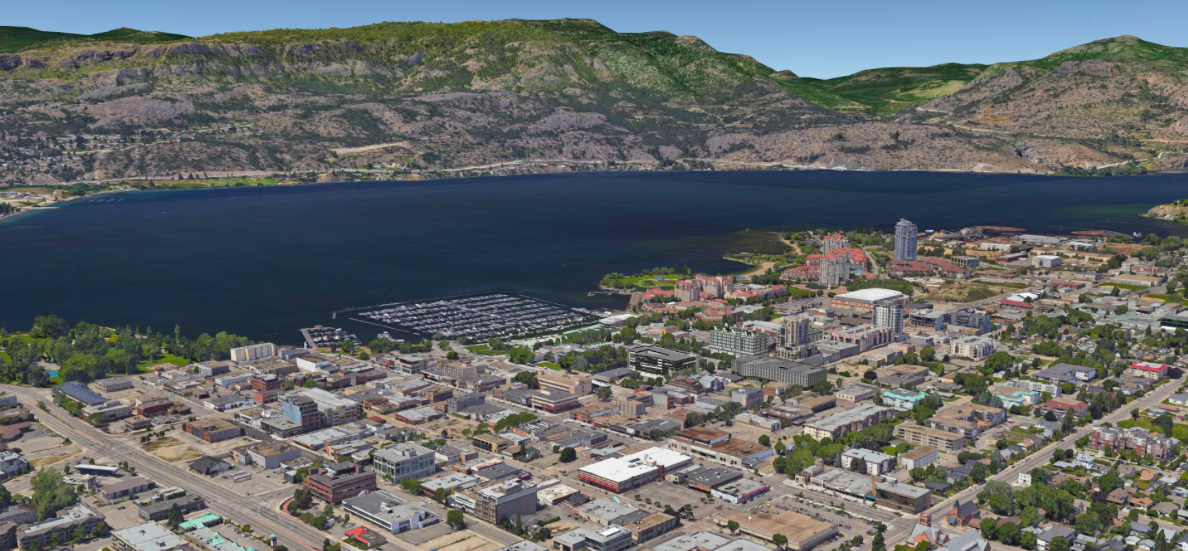
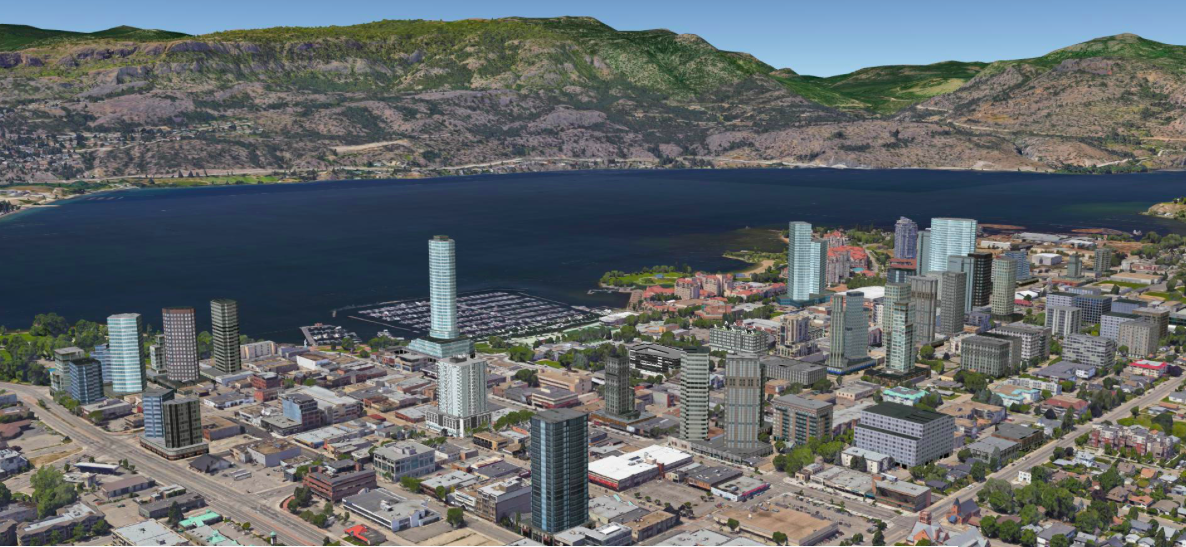
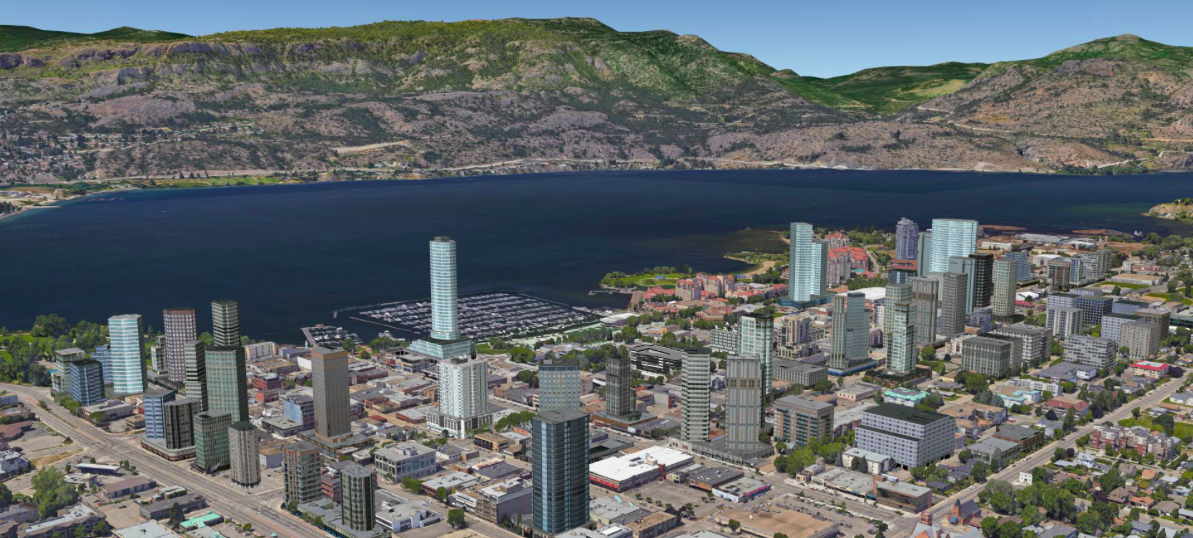
To contact a reporter for this story, email Rob Munro or call 250-808-0143 or email the editor. You can also submitphotos, videos or news tips to the newsroom and be entered to win a monthly prize draw.
We welcome your comments and opinions on our stories but play nice. We won't censor or delete comments unless they contain off-topic statements or links, unnecessary vulgarity, false facts, spam or obviously fake profiles. If you have any concerns about what you see in comments, email the editor in the link above.
Join the Conversation!
Want to share your thoughts, add context, or connect with others in your community?
You must be logged in to post a comment.

















